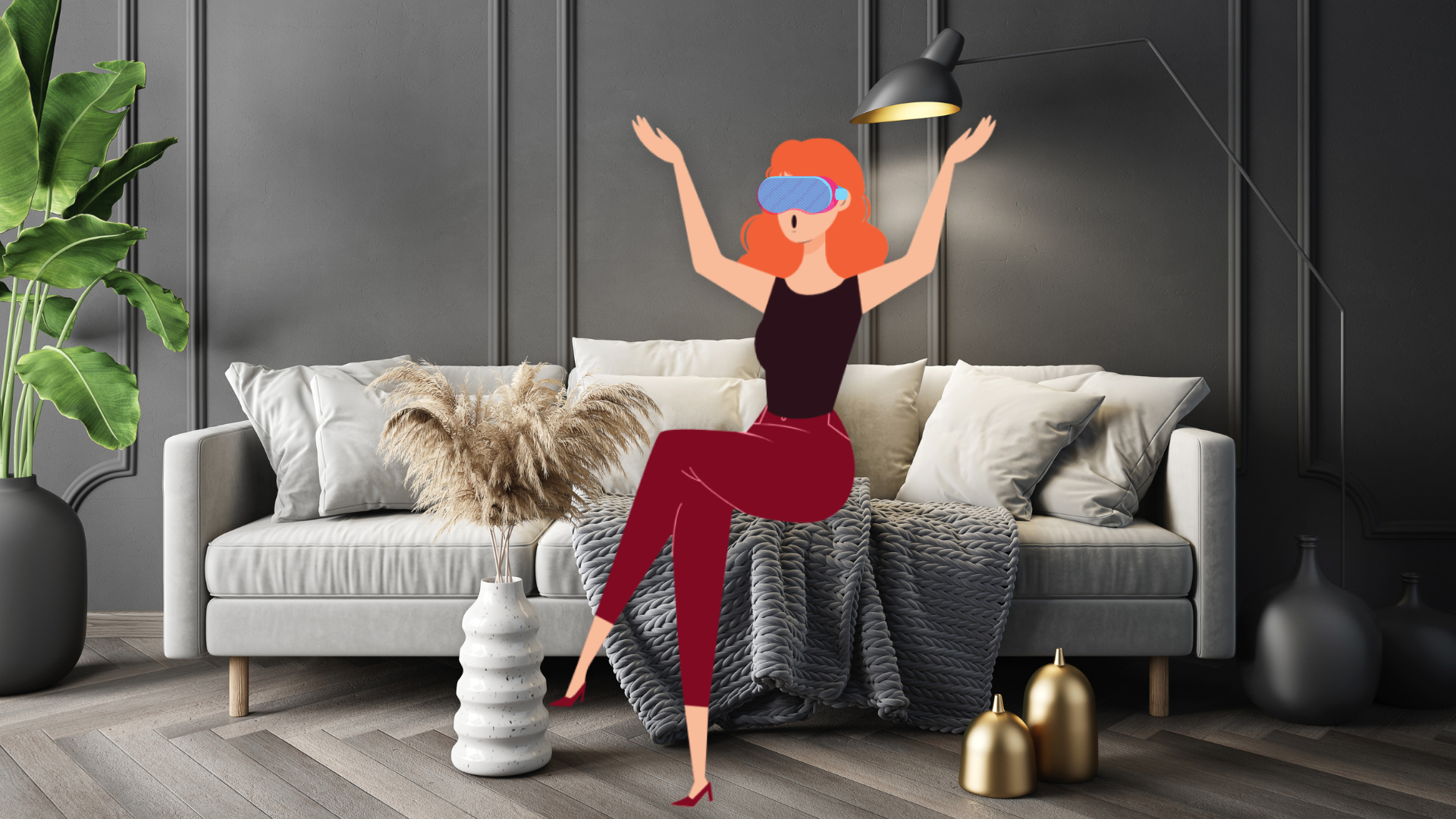Virtual Relief for All - How VR for Muscle Pain is Becoming Inclusive
Virtual reality shows serious potential for reducing chronic pain. But can emerging VR therapies benefit everyone? Making VR welcoming regardless of age, mobility, or tech skills is the next frontier.

Virtual reality shows serious potential for reducing chronic pain. But can emerging VR therapies benefit everyone? Making VR welcoming regardless of age, mobility, or tech skills is the next frontier.
Accessible VR needs to fit the person, not the other way around.
Thankfully, developers are taking notice. Adjustable straps and headsets accommodate all shapes and sizes. Intuitive hand controls require minimal dexterity. And avatar customization promotes embodiment - seeing yourself represented, pains and all, enhances immersion.
Scenery and activities also adapt to match abilities. Decorated war veterans regain strength swimming beside vivid coral reefs, while joint pain sufferers stretch along slowly flowing rivers.
Low difficulty accommodates limited mobility, but steadily intensifies exercises as patients progress.
Voice navigation further expands VR accessibility for blind patients or those unable to manipulate controls. Realistic 3D soundscapes foster immersion and directional guidance.
And specialized haptic interfaces even deliver touch sensations, like wind in your hair.
VR pain relief should empower everyone, not isolate them further. Simple design tweaks enable customized comfort independent of age, pain, or tech skills.
When virtual worlds adapt to the user, rather than the other way around, VR journeys become truly transporting.
So don’t write yourself off as being “too old” or “too broken” for VR just yet. Developers are hard at work building inclusive metaverse playgrounds where all are welcome.
Soon the question won’t be “can I use VR?” but “where should I go today?”


